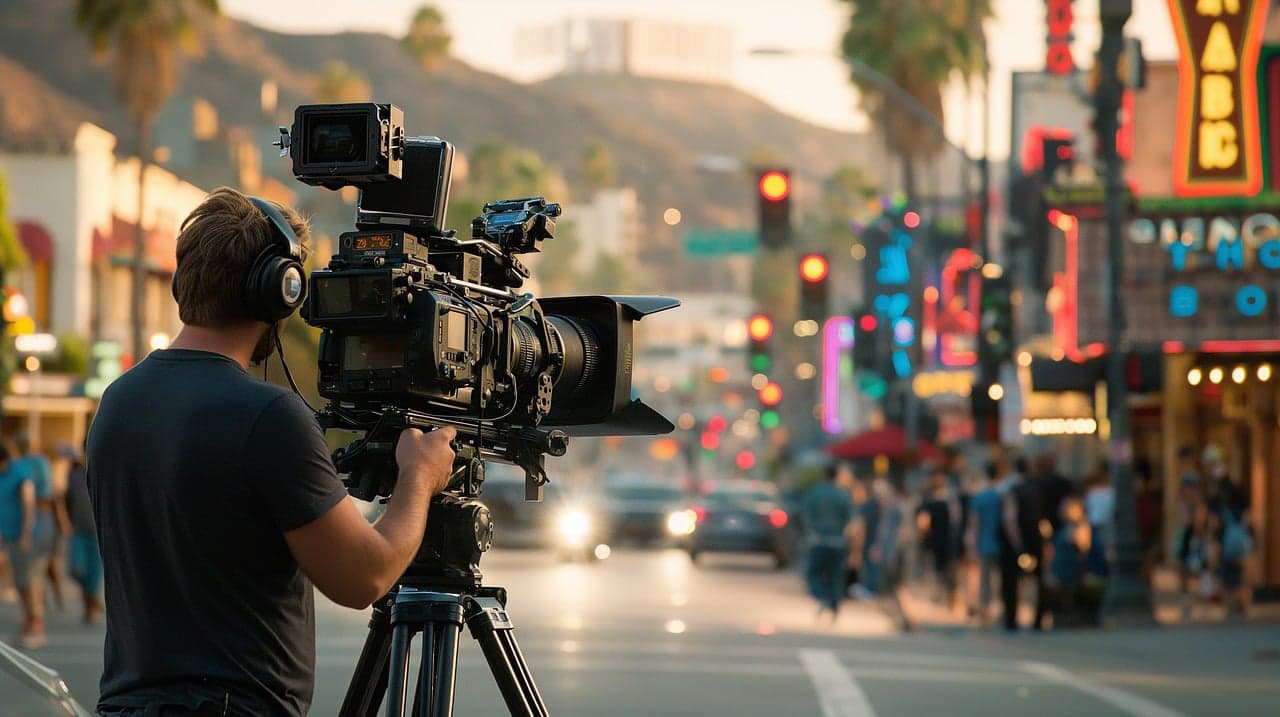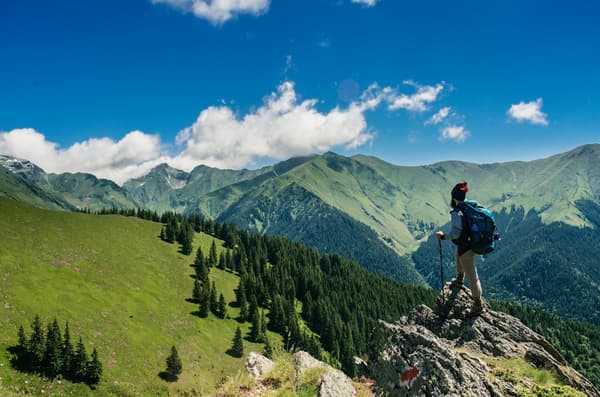Travel movies have long held a special place in the hearts of audiences around the world. These films, with their breathtaking cinematography, compelling narratives, and diverse locales, transport viewers to far-flung destinations, often igniting a deep-seated wanderlust. Whether it’s the sweeping vistas of the Himalayas, the bustling streets of Tokyo, or the serene beaches of the Caribbean, travel movies provide a visual feast that can inspire even the most seasoned traveler to pack their bags and explore new horizons. In this article, we’ll delve into the allure of travel movies, examining how they capture the essence of adventure and discovery, and why they continue to resonate with audiences globally.
The Magic of Cinematic Travel
One of the most enchanting aspects of travel movies is their ability to immerse viewers in different cultures and landscapes. Films like “The Secret Life of Walter Mitty,” “Into the Wild,” and “Eat Pray Love” not only showcase stunning scenery but also delve into the transformative power of travel. These movies often highlight the personal growth and self-discovery that comes from stepping out of one’s comfort zone and experiencing the world firsthand.
In “The Secret Life of Walter Mitty,” for instance, the protagonist’s journey from a mundane office job to an adventurous globetrotter is a powerful reminder of the magic that travel can bring into one’s life. The film’s sweeping shots of Icelandic landscapes and the Himalayas serve as a visual metaphor for Walter’s internal transformation, illustrating how travel can lead to profound personal change.
Similarly, “Into the Wild” tells the true story of Christopher McCandless, who leaves behind a conventional life to explore the Alaskan wilderness. The film captures the raw beauty of nature and the spirit of adventure, while also posing important questions about the meaning of freedom and the cost of pursuing one’s dreams. Through McCandless’s journey, viewers are invited to reflect on their own lives and the societal expectations that often constrain them.
Exploring New Cultures and Perspectives
Travel movies also offer a unique window into different cultures, fostering a sense of global understanding and empathy. Films like “Lost in Translation,” “The Motorcycle Diaries,” and “Slumdog Millionaire” provide glimpses into the daily lives, customs, and traditions of people in different parts of the world. By doing so, they break down cultural barriers and encourage viewers to appreciate the diversity and richness of our global community.
“Lost in Translation,” set in the bustling metropolis of Tokyo, explores the themes of alienation and connection through the experiences of its two protagonists. The film’s portrayal of Japanese culture, from the neon-lit streets of Shibuya to the serene temples of Kyoto, invites viewers to experience the contrasts and complexities of life in Japan. Through their shared sense of dislocation, the characters forge a deep bond, highlighting the universal nature of human connection.
In “The Motorcycle Diaries,” audiences follow the young Che Guevara on his journey across South America. The film offers a vivid portrayal of the continent’s diverse landscapes and cultures, from the Andean highlands to the Amazon rainforest. Through Guevara’s eyes, viewers gain insight into the social and political issues facing the region, fostering a deeper understanding of its history and people.

The Role of Soundtracks in Enhancing the Travel Experience
The power of travel movies is not limited to their visual impact; soundtracks also play a crucial role in evoking the spirit of adventure and enhancing the emotional resonance of these films. A well-chosen soundtrack can transport viewers to another place and time, adding depth and richness to the cinematic experience.
Consider the evocative score of “Out of Africa,” which perfectly complements the film’s sweeping shots of the Kenyan savannah. The music, composed by John Barry, captures the grandeur and beauty of the African landscape, enhancing the emotional impact of the story. Similarly, the soundtrack of “The Beach,” featuring artists like Moby and All Saints, encapsulates the hedonistic allure of the Thai islands, where the film is set. The music creates an immersive atmosphere that draws viewers into the protagonist’s quest for paradise.
In “Amélie,” the whimsical score by Yann Tiersen adds to the film’s charming depiction of Parisian life. The music, with its playful and romantic tones, transports viewers to the streets of Montmartre, evoking the magic and wonder of the City of Light. Through these carefully crafted soundscapes, travel movies create a multi-sensory experience that leaves a lasting impression on audiences.
Conclusion: The Enduring Appeal of Travel Movies
Travel movies continue to captivate audiences because they offer more than just a visual escape; they provide a source of inspiration and introspection. These films remind us of the vastness and beauty of the world, encouraging us to explore new places and cultures. They also highlight the transformative power of travel, showing how stepping out of our comfort zones can lead to personal growth and new perspectives.
In a world that often feels divided, travel movies serve as a reminder of our shared humanity and the connections that bind us. They foster a sense of curiosity and adventure, urging us to embrace the unknown and seek out the extraordinary. Whether through breathtaking landscapes, cultural insights, or evocative soundtracks, travel movies have the power to ignite our wanderlust and inspire us to embark on our own journeys of discovery.
As we watch these films, we are not just passive observers but active participants in a grand adventure. We are reminded that the world is full of wonders waiting to be explored, and that the journey itself is often as important as the destination. So the next time you feel the itch to travel, why not start with a movie? You never know where it might lead you.



